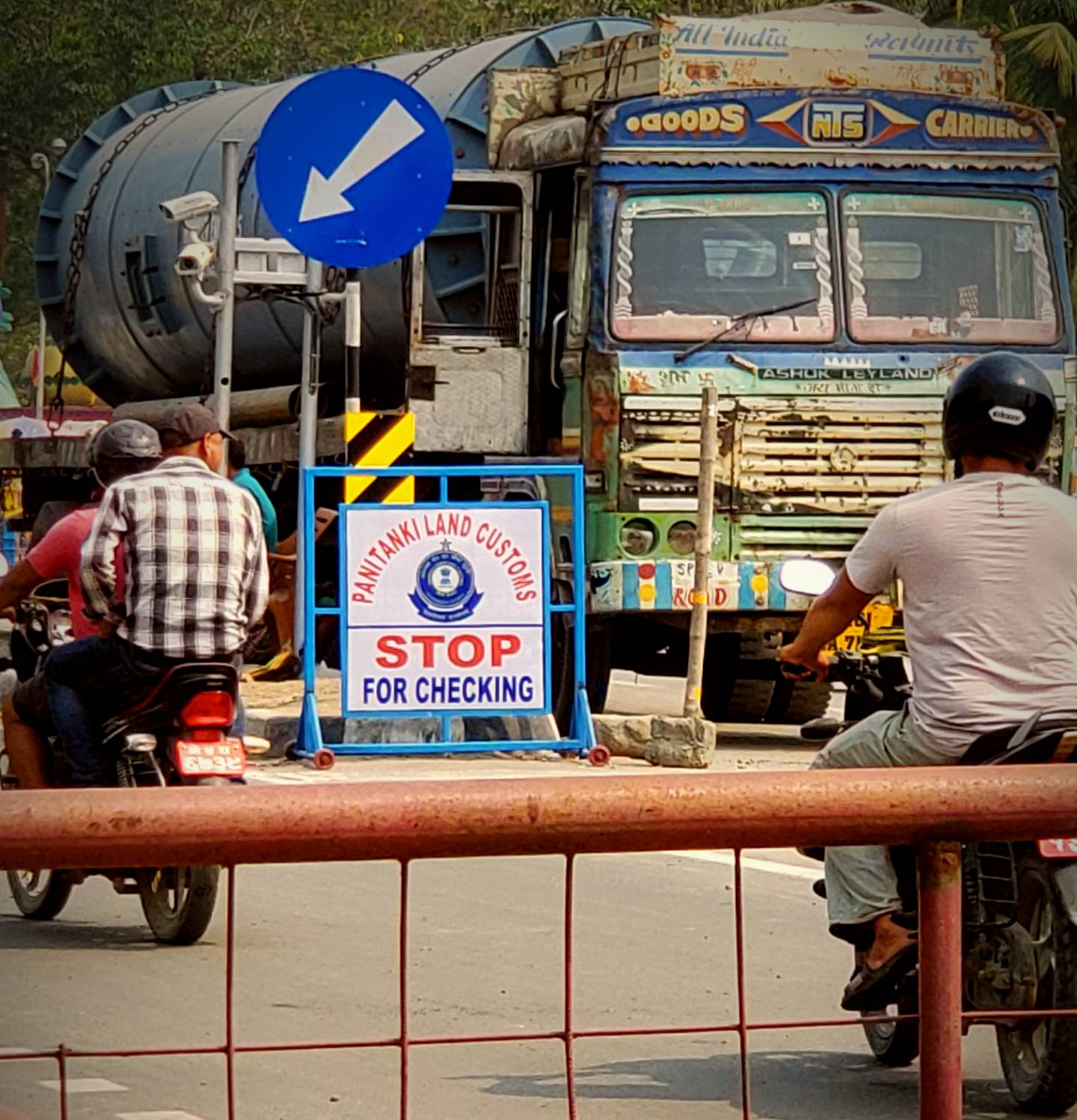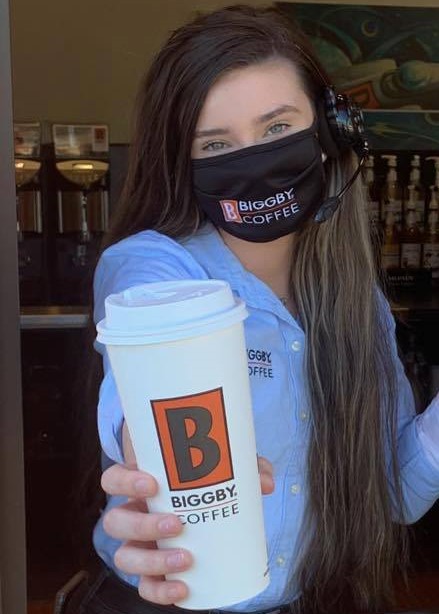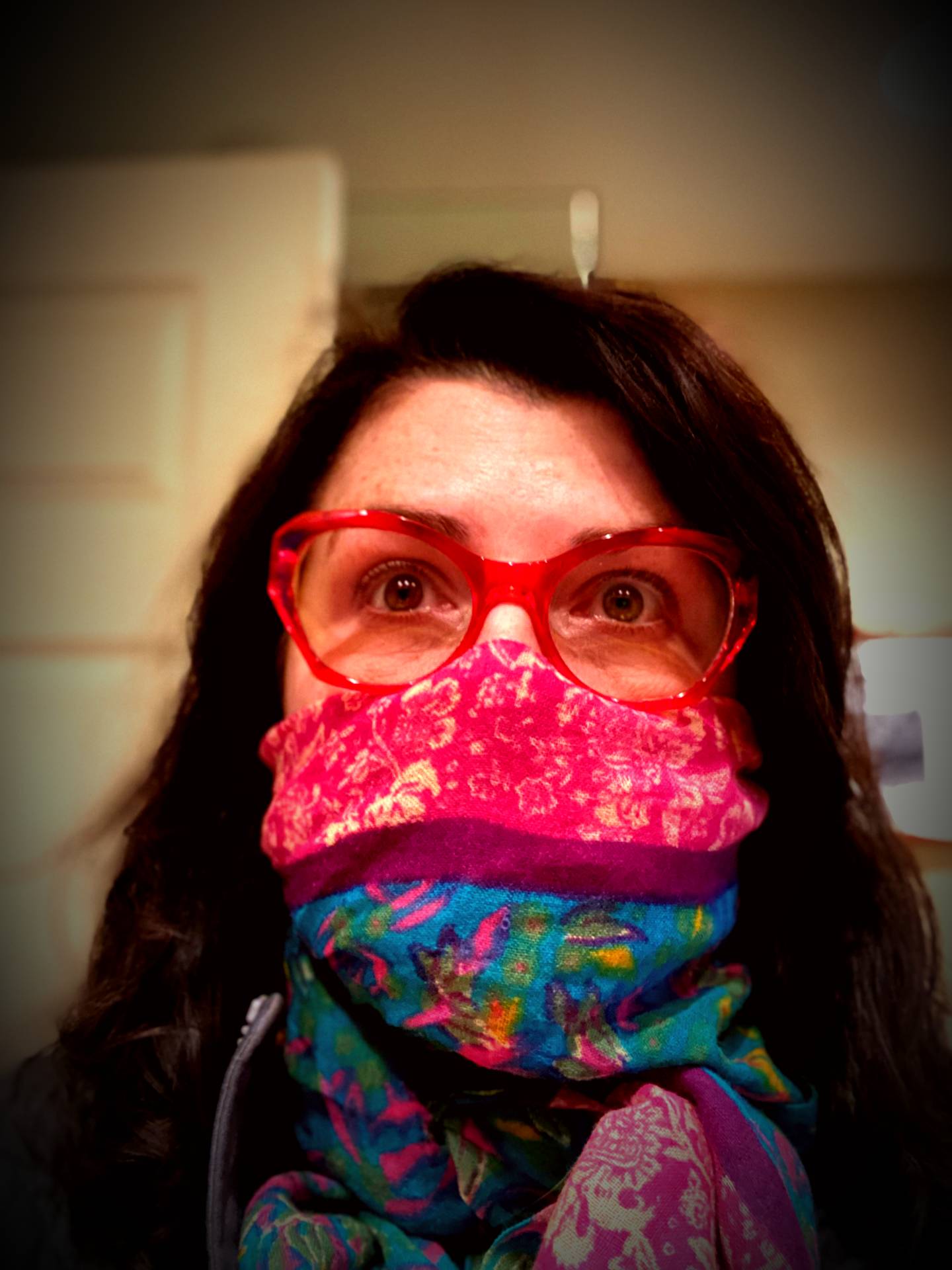By Michelle Fish
Getting to India is an adventure, in and of itself. First, there’s the visa. Depending upon whom you ask, this is either a very straight-forward process or a nightmare of epic proportions. The form is long and complicated with instructions that almost feel like they’re confusing on purpose. But what really makes it so daunting is that you have to mail in your passport… oy. And it can take weeks to get back to you.
I have heard so many horror stories from friends who have had their passports lost, their plans changed, their visas denied because they didn’t fill something out in ALL CAPS. We used a service to help expedite the process. It wasn’t inexpensive, but I highly recommend it for the peace of mind. Our friends, the Fraser Brothers, did it themselves and had no complications.
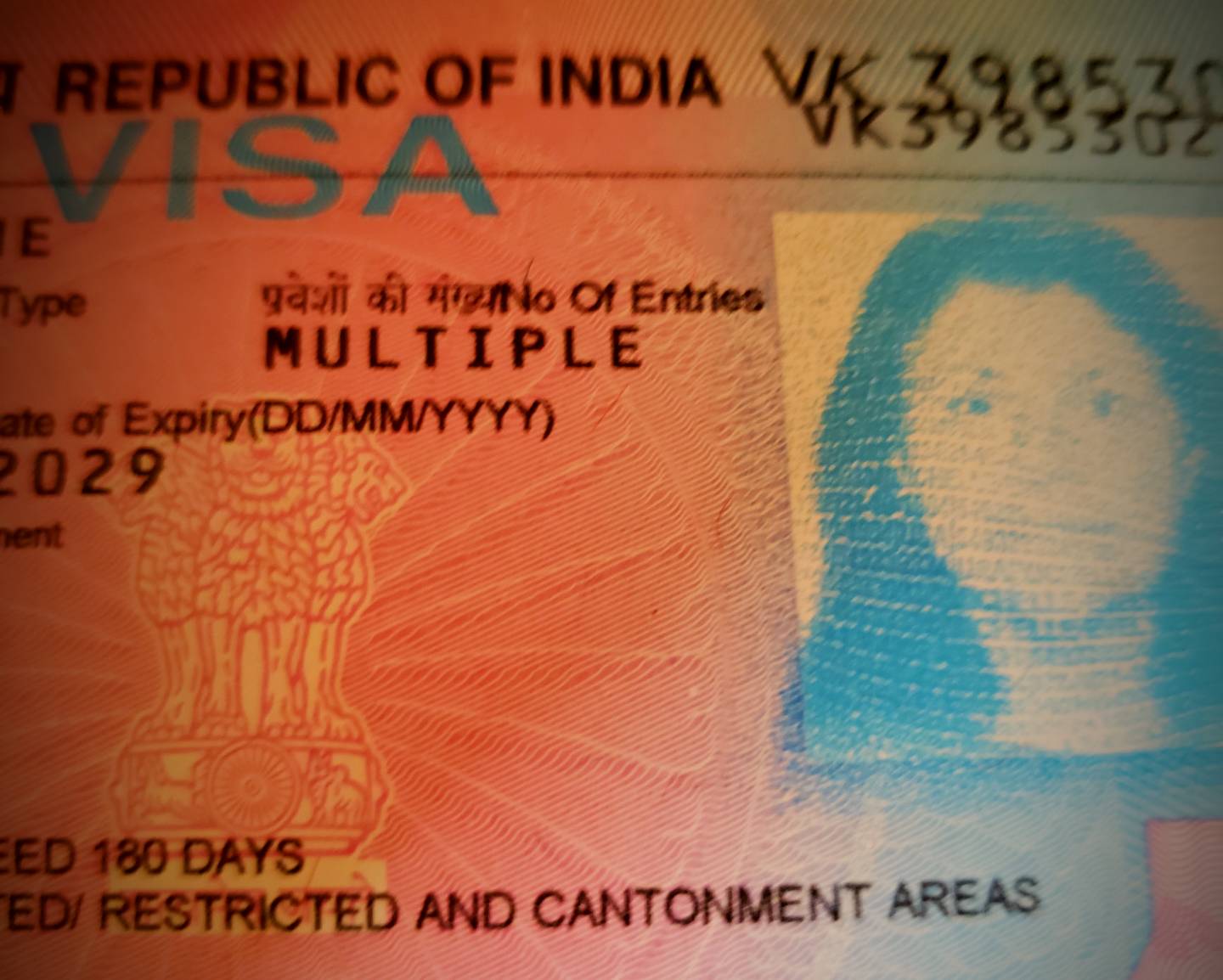
alignment=”” animation=”Fade In” border_radius=”none” box_shadow=”none” max_width=”100%”]When the day finally comes that your passport arrives with your Indian visa taped in on a blank page, you might feel like you’ve already climbed the mountain. But trust me, you aren’t there yet.
Most people cross the border into India through either a seaport or an airport… places that are set up to receive you. It might be chaotic, and the lines might be long, but there is at least a process that is obvious to follow.
Not so when you are in a car crossing a land border that is used almost exclusively by locals. People cross back and forth for shopping, commerce, family and friends. Thousands of people, in all kinds of vehicles. Not to mention the cows, the dogs, the chickens and the goats. It feels (and smells) like a carnival, faces and colors swirling around, street vendors hawking wares, motorcycles zipping in and out, every motorized vehicle honking. It’s a lot to take in, and we were hot, tired and uncertain. But we had help… our friend and driver, Serun, who was local and knew the ropes.
There are steps involved. First, you have to let Nepal know you’re leaving. There’s a government building well off the main road, with no signage. But our Serun knew where to go. They stamp your passport and send you along.
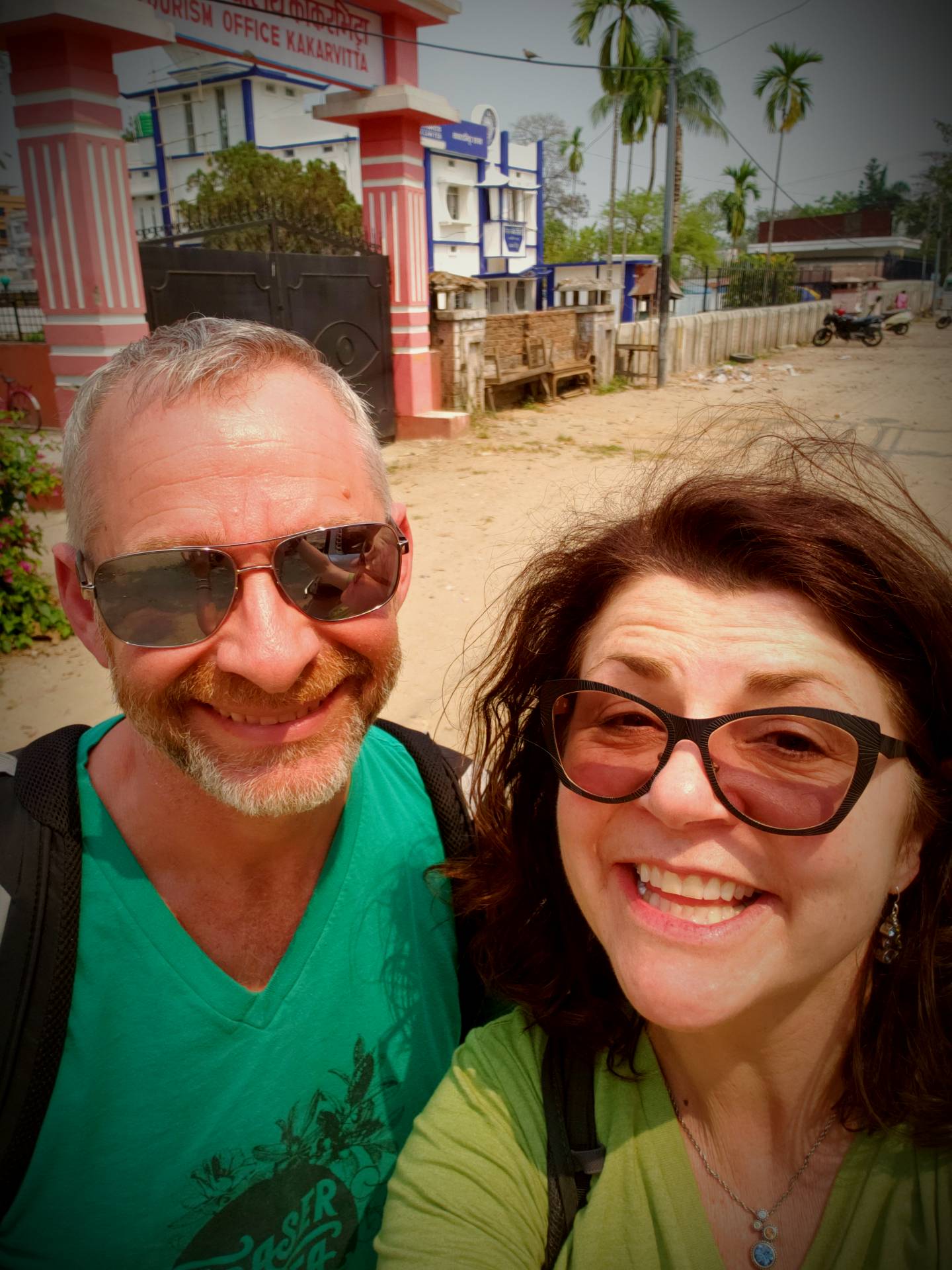
alignment=”” animation=”Fade In” border_radius=”none” box_shadow=”none” max_width=”100%”]Then you cross a long bridge over a mostly dry riverbed. I imagine that in the rainy season, there’s a torrent. But on our crossing, there was a barely a trickle. There were people on the riverbed mining sand, camping, washing clothes, and a whole lot more.
You go through a gate, and you’re in India. But not really, not yet. First, you pull over and get out all of your luggage and run it through a screener, like the TSA. Except there was no one operating the screener when we went through… they just told us to put our luggage on the belt and walked away. Then you sit down with a man who writes your name in longhand into a ledger, and then takes your picture with his cell phone camera.
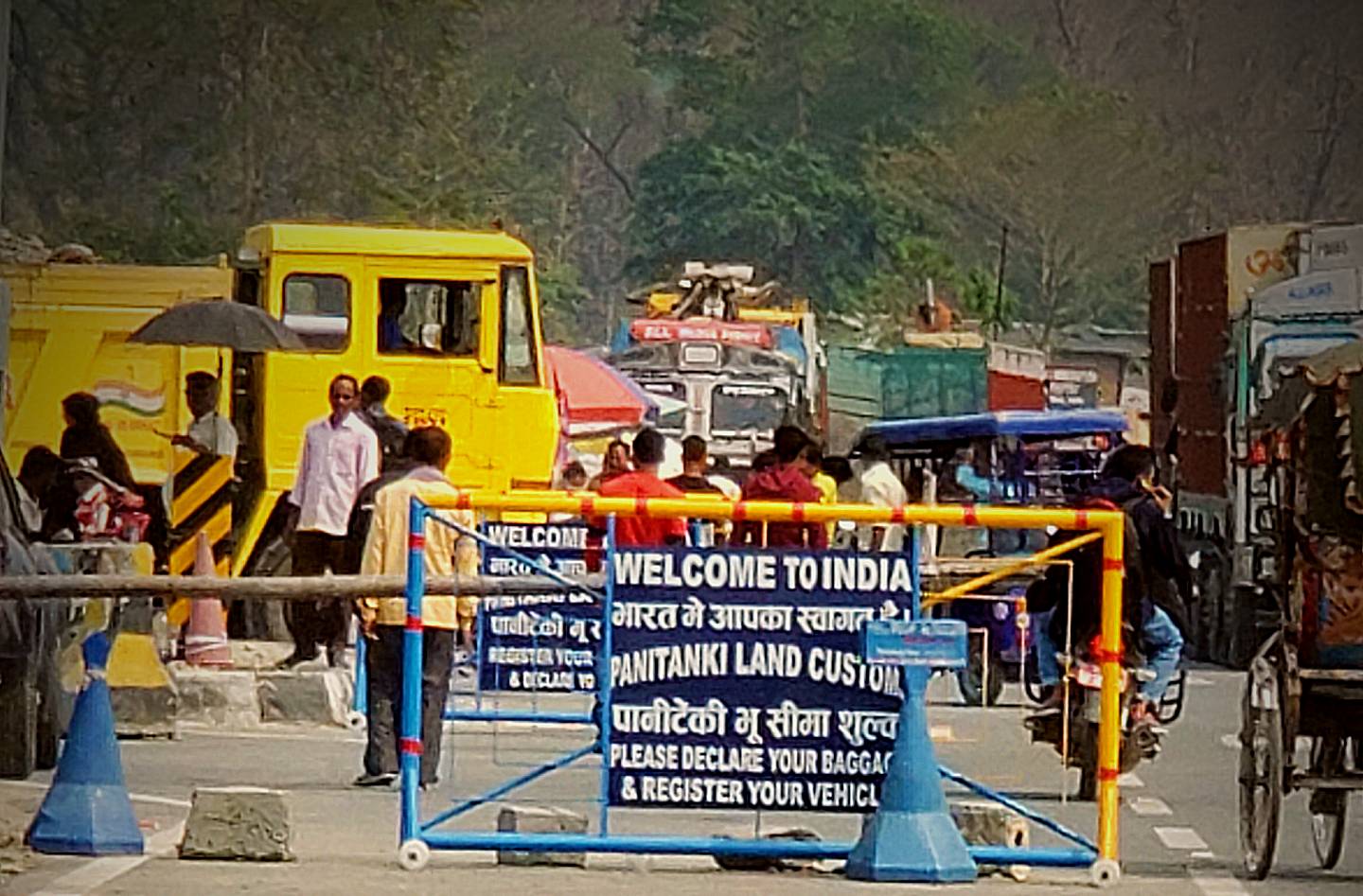
alignment=”” animation=”Fade In” border_radius=”none” box_shadow=”none” max_width=”100%”]You might think you’re done, but there’s one more stop. Again, way off the main road with no signage. And again, thank goodness for Serun. There you wait in line for someone to examine your hard-won visa, look you up and down, look through your passport to see all of your other visas and stamps (I think they want to know if you’ve been to Pakistan, and if maybe you’re not what you seem to be). There is some hemming and some hawing, and at last, the precious stamp granting you permission to enter the country.
And you’re off! That’s sounds easy, but it took us more than an hour to go less than a quarter of a mile. And for the third time, thank goodness for Serun who knew just what to do. I don’t know how we would have figured it all out on our own, or how long it would have taken.
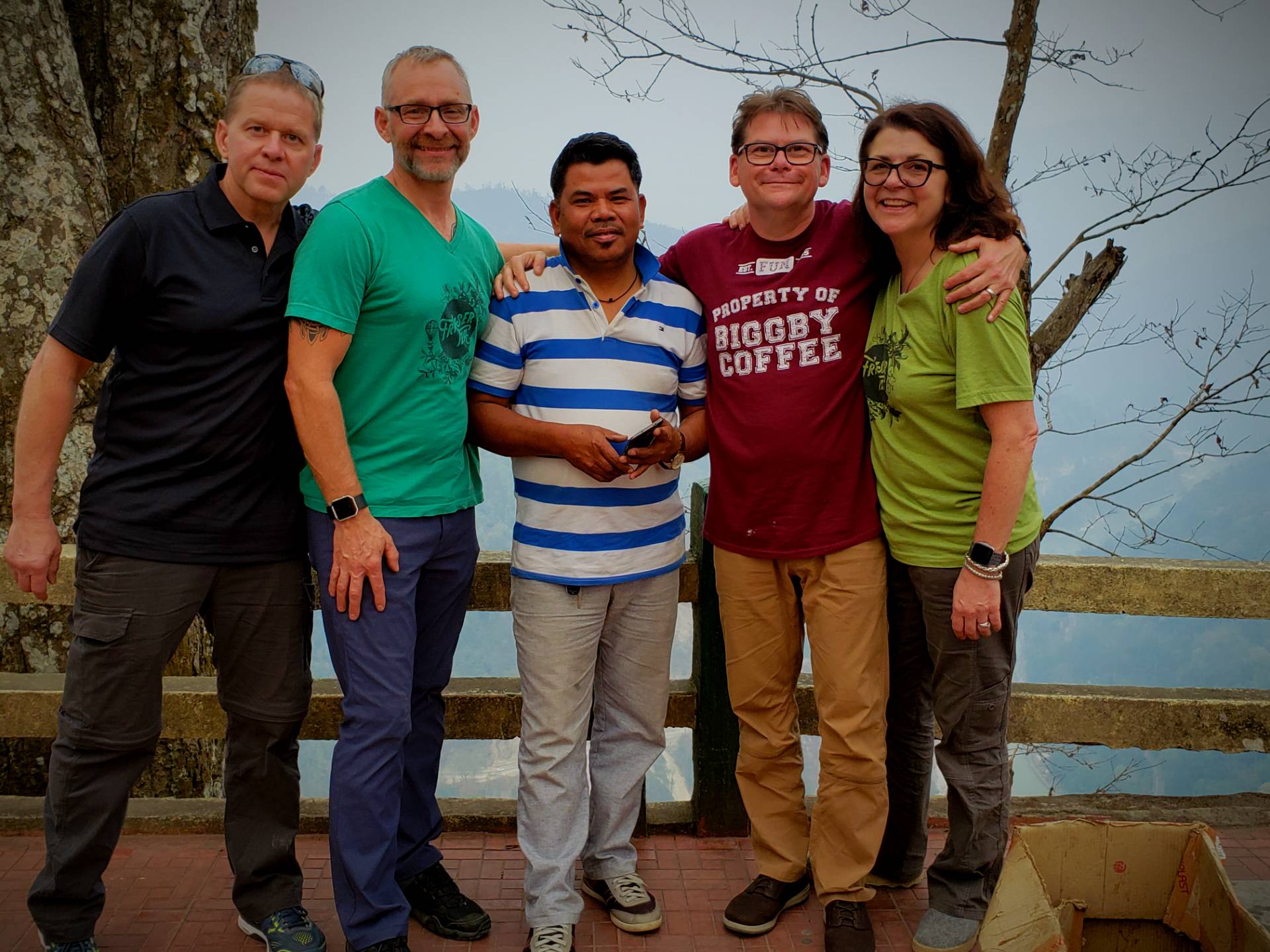
alignment=”” animation=”Fade In” border_radius=”none” box_shadow=”none” max_width=”100%”]Serun, in the center, was our local friend and guide. Having someone on your side who knows the ropes is invaluable. One final experience stayed with me from our border crossing. We stopped to get gas, and the guys all went inside to buy more water and snacks. I was standing alone by the car, just marveling at all the hubub. By this time, we’d already been in the region for several days and I was accustomed to the occasional stares I would get. I don’t think this part of the world sees a lot of western women travelers in hiking pants and ball caps. Those stares were curious, and usually came with a smile, and I didn’t mind them. But here, a group of men began to gather. They came from all four corners of the gas station, maybe seven or eight of them. And they were looking at me, but they weren’t staring… they were leering. I don’t think there’s a woman alive that doesn’t know the difference. It was a brief but chilling moment and I was distinctly uncomfortable and a little bit afraid. And then deeply relieved when Serun came out, followed by the Fraser Brothers and my handsome husband. The leering men dispersed and I got in the car.
So there are two key take aways for me… first, if you are travelling in a new place where you know neither the language nor the customs, working with a local to help you navigate the world is absolutely priceless. We’ve been very fortunate to always be under someone’s wing when we travel on this mission. The only times we’ve encountered any real bumps in the road (READ: One Night in Bharatpur) is when we’ve been on our own.
The second is a little more complicated. Sometimes when travelling it’s possible to feel like you’re your own oasis, observing the world around you, yet still not quite a part of it. The regular rules of gravity don’t apply. But that’s really dangerous thinking. The places we’re going are perfectly safe. And they are unsafe. Both. Just like anywhere. Just like home. And it’s on you to make sure you are doing the right things to keep yourself out of harm’s way. A little bit of judiciously applied apprehension can be a good thing. The trick is to stay wide open to the wonder and the connections that are possible when you move through the world without fear; and yet, have just enough fear to not be foolhardy. All I can say is that I’m working on it.

